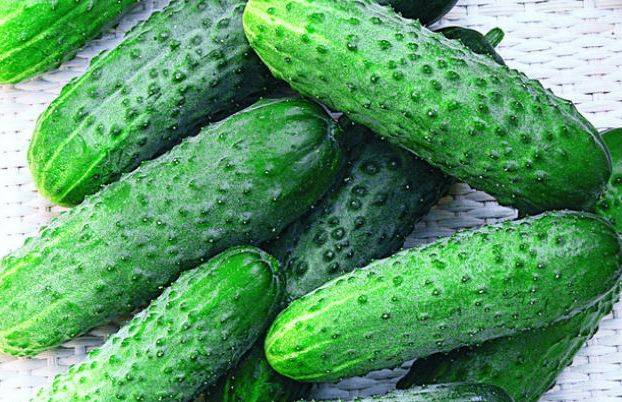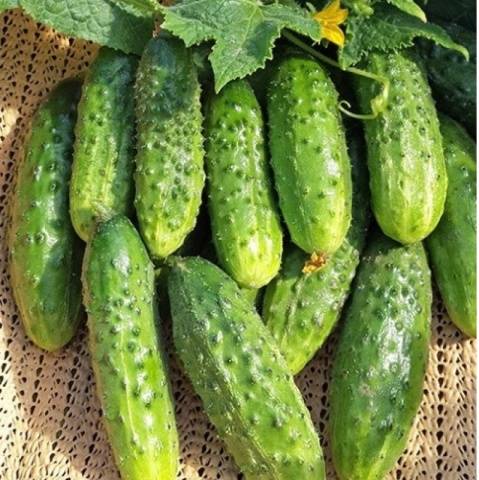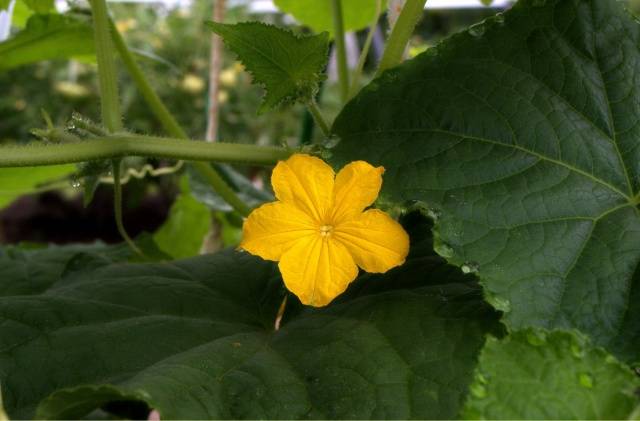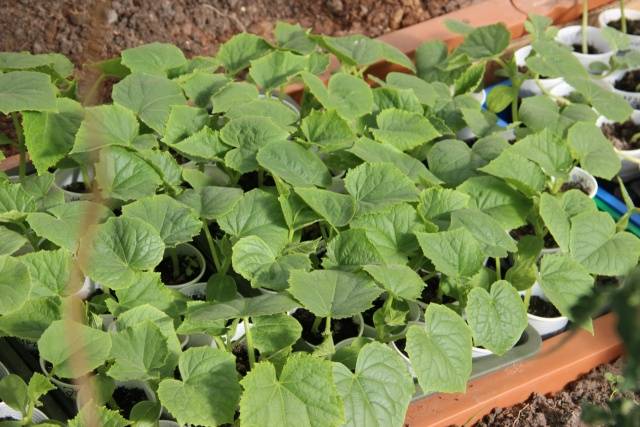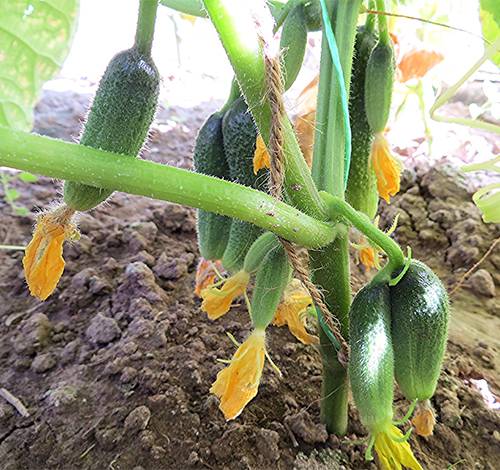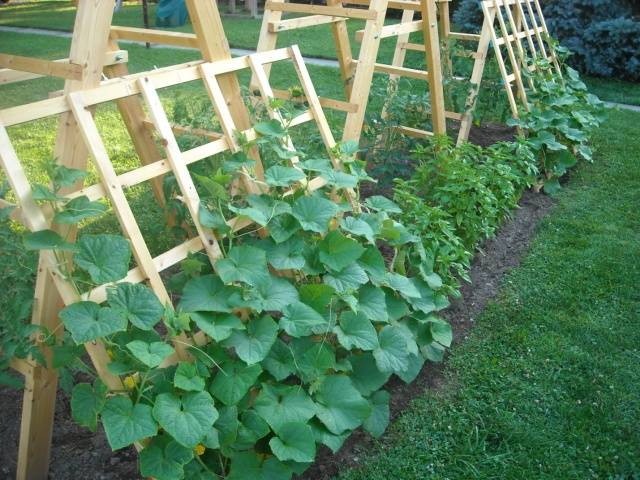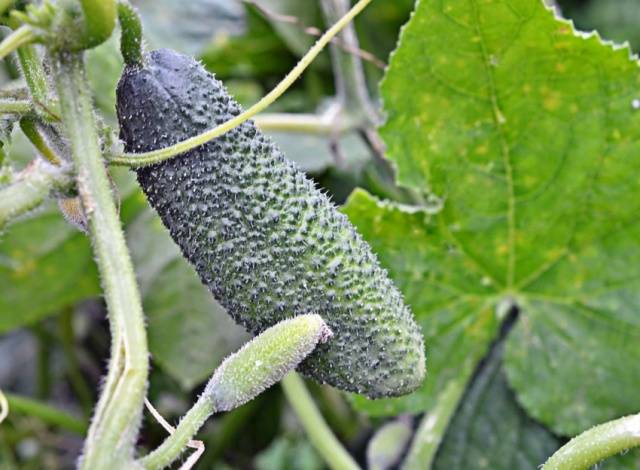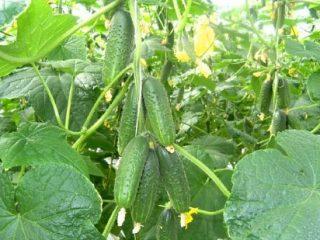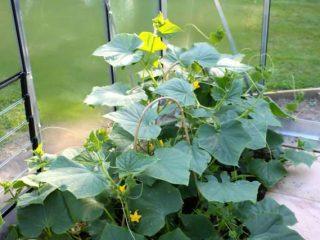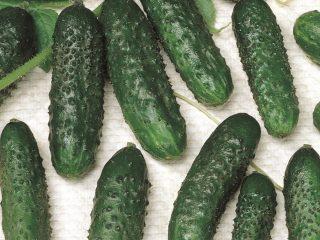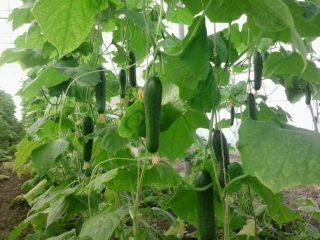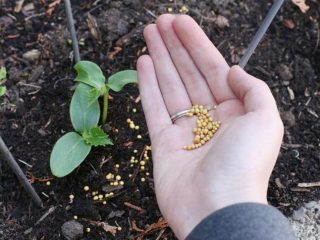Content
Hybrid cucumbers are famous for their beautiful, uniform fruit shape, early maturity, amicable ripening, and disease resistance. The Claudia f1 cucumber hybrid, bred almost 20 years ago by breeders of AF Poisk from the Moscow region, meets generally accepted standards. Over the years, many farmers have taken it to their plots and purchase new seeds every year to provide themselves with a guaranteed harvest.
Characteristic
The mid-season cucumber variety Claudia, according to the description, belongs to the parthenocarpic type. In cucumbers, functionally feminine flowers are created, all of which give ovaries. There are no empty male flowers on such plants. Therefore, cucumbers are intended for the greenhouse, where the possibility of pollination by insects is significantly reduced. The Claudia f1 hybrid is grown indoors, the plant has also proven to be an excellent variety for vegetable gardens.
The first fruits on Claudia cucumbers, as the gardeners write in the reviews, ripen together 50 days after germination. Garden plants bring 10 kg per sq. m, greenhouse cucumbers are twice as productive: 20 kg. Fulfilling all the requirements of agricultural technology, which include regular correct watering, timely feeding and temperature conditions, they get from 1 sq. m 25 kg of greenery of the Claudius hybrid. Cucumbers for universal use: delicious in salads, suitable for pickling and pickling. The elongated shape of the fruit guarantees a beautiful appearance in the workpieces, and the quality of the pulp guarantees a pleasant taste in pickles.
According to the characteristics of the Claudia cucumber variety, attractive identical fruits are successfully sold, therefore the hybrid is grown on an industrial scale by large and small agricultural enterprises. Low susceptibility to diseases - less than 30%, which cucumbers suffer from in unfavorable weather, determines the high yield of the hybrid. The variety is noted for keeping quality, withstands long-distance transportation well.
Advantages and disadvantages
The Claudia cucumber variety is distinguished by its durability in the beds, and this is evidence that the hybrid has many advantages.
- Stable productivity;
- Excellent taste properties;
- The suitability of the fruit of the hybrid for salting;
- Bunch type of cucumber fruiting;
- High commercial performance of the variety;
- Cultivation of a hybrid in open and closed ground;
- Unpretentiousness of the plant;
- Resistance to pathogens characteristic of cucumbers.
Among the disadvantages of Claudia cucumbers are the following:
- The hybrid form of the cucumber makes it impossible for the gardeners themselves to collect seeds;
- Susceptibility to cucumber mosaic and powdery mildew, which is inherent in most varieties of cucumbers.
Description
Self-pollinated cucumber plants of the Claudia variety, as can be seen in the photo, with long lashes that easily rise along the support. The hybrid is convenient to grow on a trellis and must be tied up in greenhouses. Leaves are deep green, wrinkled. Female-type inflorescences are formed in bunches that hang from the lashes. The hybrid has no barren flowers. A cucumber is formed from each flower.
The fruits of the Claudia cucumber variety are slightly elongated, greens grow up to 9-12 cm, their diameter is 3-3.5 cm, weigh from 80 g. Uniform green, without stripes, the surface of the cucumbers is slightly ribbed and pubescent, rough, with pronounced small numerous tubercles. The skin is delicate, thin, with a characteristic cucumber taste and aroma. The pulp is firm, juicy, not watery, crispy, without voids.The taste is pleasant, no bitterness is felt. The seeds are small and do not interfere with the taste perception.
Growing
The characteristics and description of the Claudia cucumber variety emphasize that the hybrid can be grown in the greenhouse and in the beds. Cucumber seeds are sown directly into the ground, as well as in pots for growing cucumber seedlings.
Sowing for seedlings
When determining the timing of planting hybrid seeds for seedlings, it must be remembered that after germination, the Claudia cucumber bears fruit on the 50th day. The seedlings of the hybrid are ready for transplanting to a permanent place in 25-30 days. Usually the seeds of the Claudia variety are sown in April. At the beginning or at the end of the month - it depends on the weather conditions of the region and on the place where the cucumbers are planted, in the greenhouse or in the garden.
- For the substrate, it is better to purchase ready-made soil in gardening stores or prepare it from humus, peat and sawdust in a ratio of 2: 2: 1;
- Homemade substrate can be fertilized with some complex preparation that is easy to use. For example, "Kemira", "Universal";
- The seeds of the Claudius hybrid are usually sold in stores already processed. They are buried in the soil by 1.5-2 cm and the pots are covered, creating a mini-greenhouse;
- Seedlings appear in a warm place in 4-6 days. The shelter is removed and containers with young sprouts are kept for three to four days in a cool place - up to 19 degrees during the day and 16 degrees at night, so that the cucumber plants do not stretch up;
- Water the seedlings of cucumbers as the soil dries up every other day or less;
- Optimum temperature for grown seedlings: 23 degrees during the day and 17 at night;
- When the seedlings of Claudia cucumbers get stronger and form three leaves, they are fed with a solution of 1 teaspoon of nitrophoska per 1 liter of warm water;
- Seedlings with 4-5 leaves, up to 20 cm high, are planted in late May or early June, when the ground warms up to 15 degrees.
On the garden bed, Claudia cucumber seedlings are placed in 4 per 1 sq. m, less often in the greenhouse: 3 plants each.
Sowing in the beds
The seeds of the Claudia f1 cucumber variety are sown in the ground when its temperature rises to 15 degrees, and the air warms up to 20-23 degrees. Between the rows of cucumbers of this variety, which will not have a support, and the whips will be spread along the ground, the optimal distance is 90 cm, between the holes - 30-35 cm;
- In the garden, the seeds of Claudius cucumbers are sown to a depth of 3 cm;
- 2-3 seeds are placed in the hole if they doubt 100 percent germination.
Watering and loosening
The high yield of the Claudia cucumber variety, as stated in its description, is possible with diligent plant care. In the garden, cucumbers are watered in the evening with warm water. It is best to do this with a watering can: the water evenly spreads under the spread lash, without eroding the soil near the roots. Water it carefully so as not to splash the leaves and not contribute to the appearance of diseases. Each cucumber plant requires at least 3 liters of water. In the morning, the soil is loosened and removed weeds... The greenhouse is regularly ventilated, they adhere to a humidity of 75-80% and a temperature of 18 to 25 degrees.
Lash formation
Claudia cucumber plants are tied up and shaped. The main lash is pinched when it grows up to 1 m in the beds and up to 1.2 m in the greenhouse. Side lashes are not allowed to grow more than 50 cm, and their shoots should not exceed 15 cm.
Top dressing
Before harvesting, the plants are fertilized twice after 10 days. Dissolve 5 g of carbamide, potassium sulfate and superphosphate in 10 l of water. Pour 2 liters of fertilizing around the root of each plant, trying not to wet the root. A good result is obtained by feeding cucumbers with the “breadwinner” agent: 50 g per 10 liters of water.
Increase the fruiting of the Claudia cucumber variety during the collection of greens. Plants are fertilized three times at the same interval:
- 1 liter of mullein and 25 g of nitrophoska are diluted in a bucket of water. Consumption: 1.5 liters at the root;
- 5 g of urea, 100 g of wood ash and 5 g of sodium humate per 10 liters of water. Consumption: 2 l;
- 25 g of azophoska per 10 liters of water. Consumption: 2 l.
Plant protection
Claudia cucumbers are resistant to many diseases. Preventive measures should be used against those pathogens to which plants are susceptible. In the seedling phase, the fungicide "Previkur" is used. The drug "Thanos" is used on the beds. In greenhouses will help to get rid of aphids and whiteflies "Actellik".
An unpretentious plant requires a little attention. The results of labor are fresh greens and tasty preparations for the winter.
